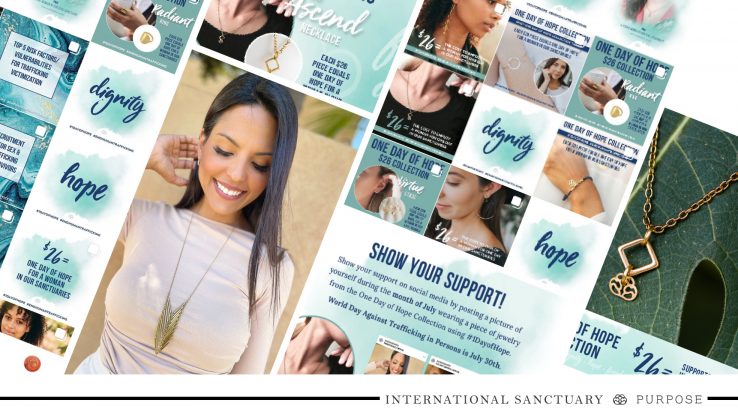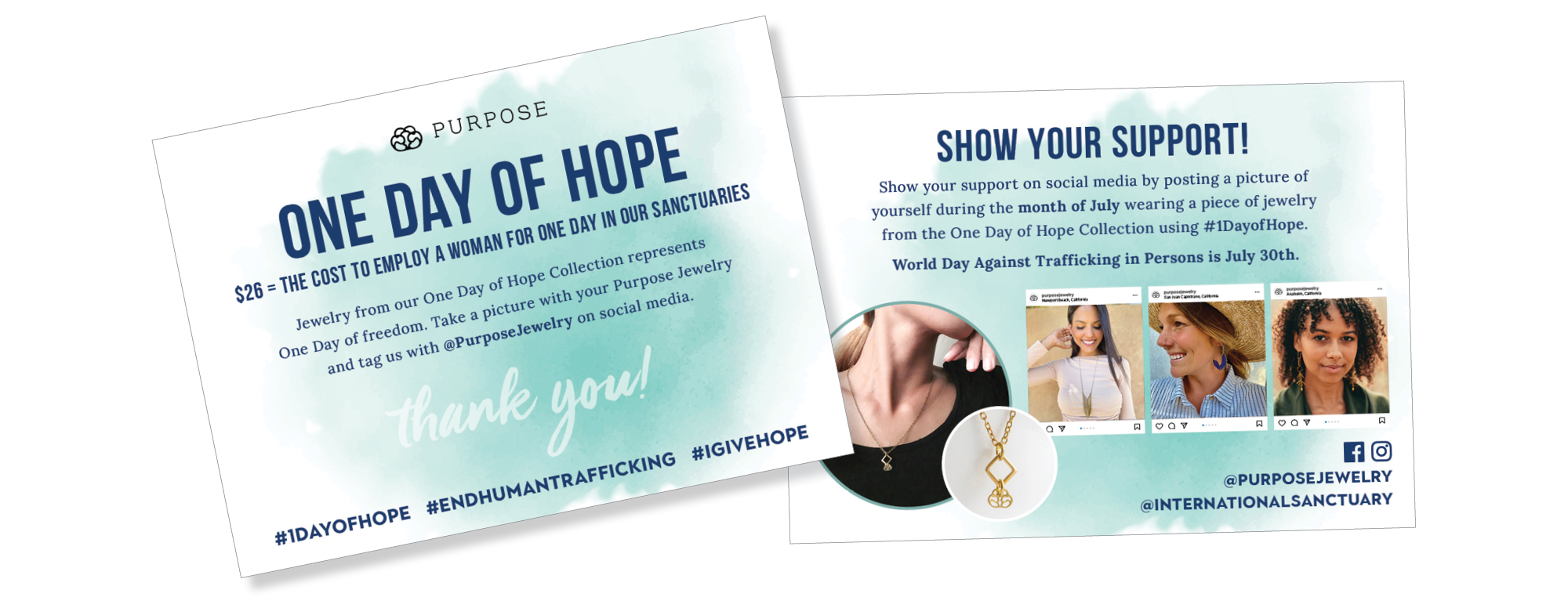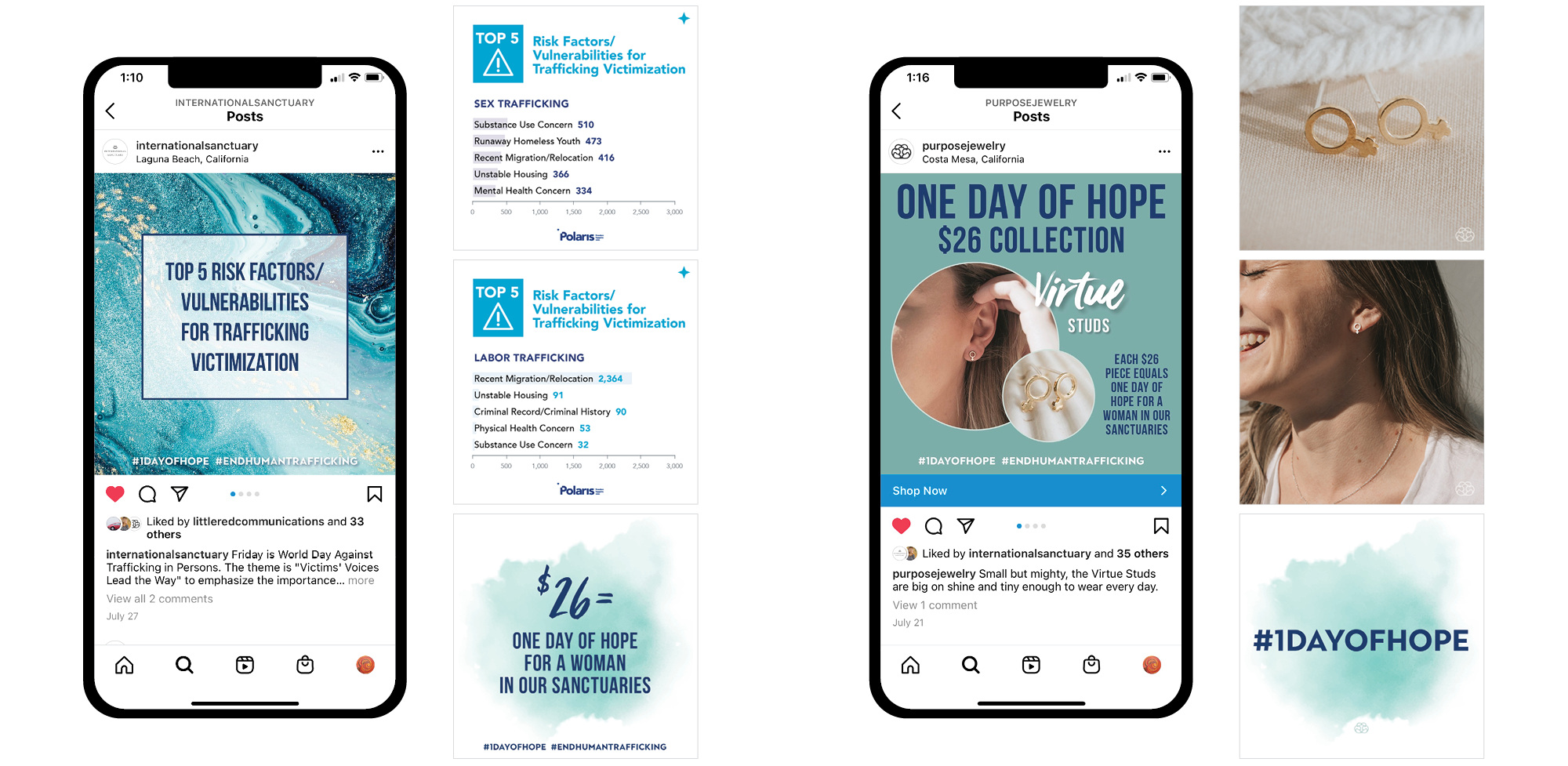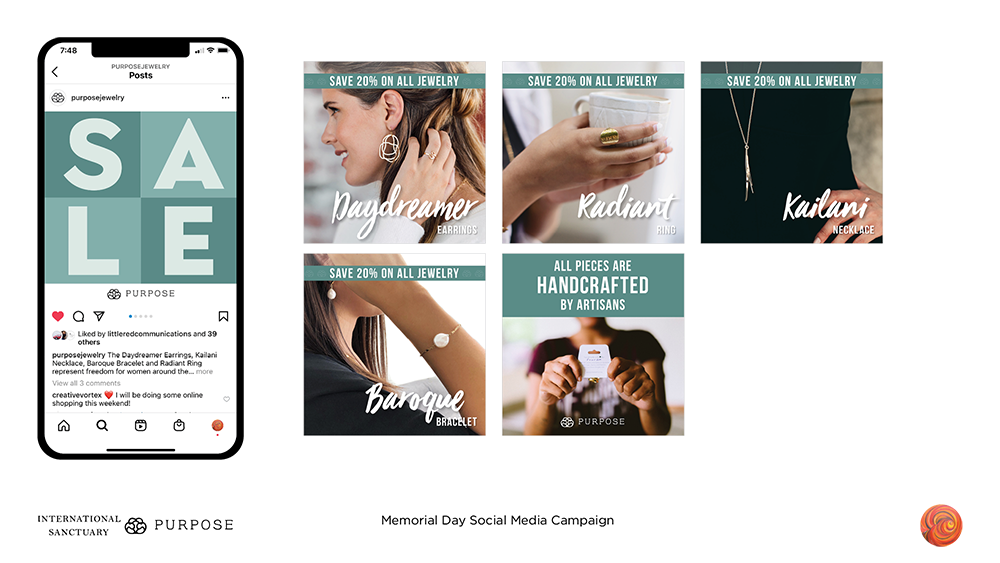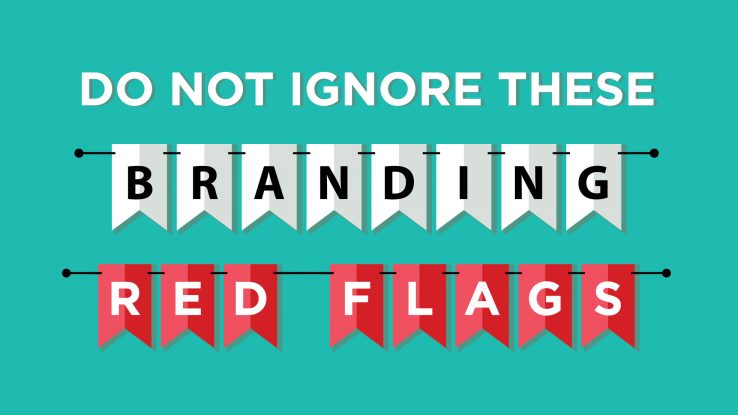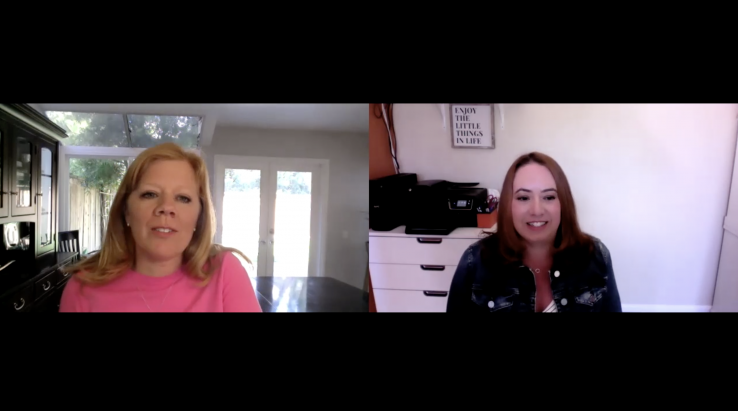Having a versatile primary logo means having variations of it that can be used in different ways on a variety of platforms. Having several approved logo variations in a branding guide allows a business to shift seamlessly and be recognized instantly. As a business and brand grows, the application of a logo should be adapted to be include on:
1. Website
2. Social Media
3. Print Collateral
4. Signage
5. Digital Communications
6. Apps
7. Clothes & Bags/Backpacks
8. Pens, Pencils, etc.
While the primary logo will always be the leading mark of your company, it isn’t always the best application. Logo variations present the best visual aspect of an organization while maintaining brand consistency. Let’s look at the six main types of logo variations.
Primary Logo
The primary logo is the main identifier of your brand and is used predominantly in your marketing channels and platforms. It sets the tone and should be easily recognized in your target market.

Stacked Logo
Aligned closely with the primary logo, the stacked version should be used when space is tight, typically on printed materials and presentations. If the primary logo is already stacked there is no need to recreate it.

Secondary Logo
Used on as-needed basis and/or to align more closely with the platform it is being used on. It still needs to be tightly knit with the primary logo but can be adapted to be more horizontal/vertical or to show a different side of the company brand.


Tagline Logo
The tagline logo can simply be the primary logo with an approved tagline attached to it. It is important to make sure that when it is used the tagline is legible and easy to read.

Submark & Brandmark
The submark and brandmark can be used in small spaces and are circular in nature, most notably are used in social media profiles. A submark will include your business name and maybe a tagline. A brandmark is just a graphic element from the primary logo or a monogram of the business name. These items may also be used as watermarks.

Color Variations
While the use of color for all logo types must be maintained, in certain situations to the logo can be adapted in support of environmental or social causes. Choosing logo colors from CMYK or RGB helps to ensure that color consistency is maintained on all marketing platforms. It is also important to determine grayscale versions of the logo types if color options are not available.



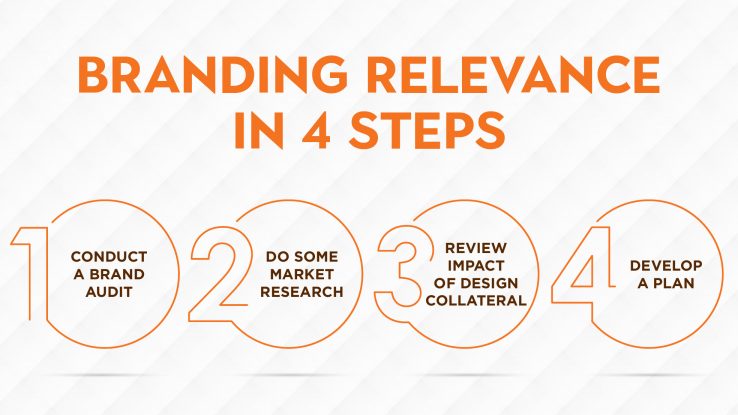
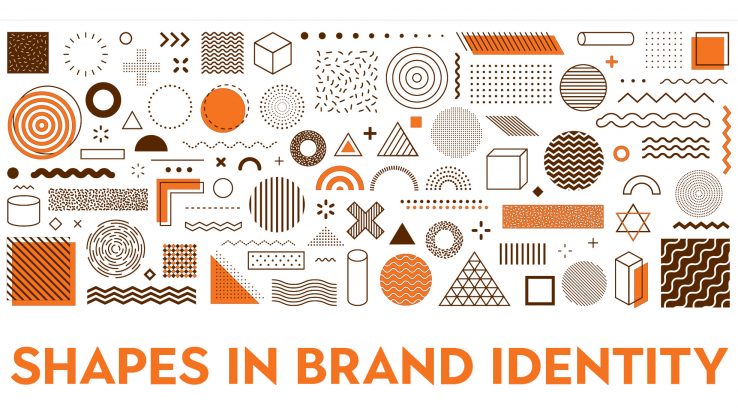

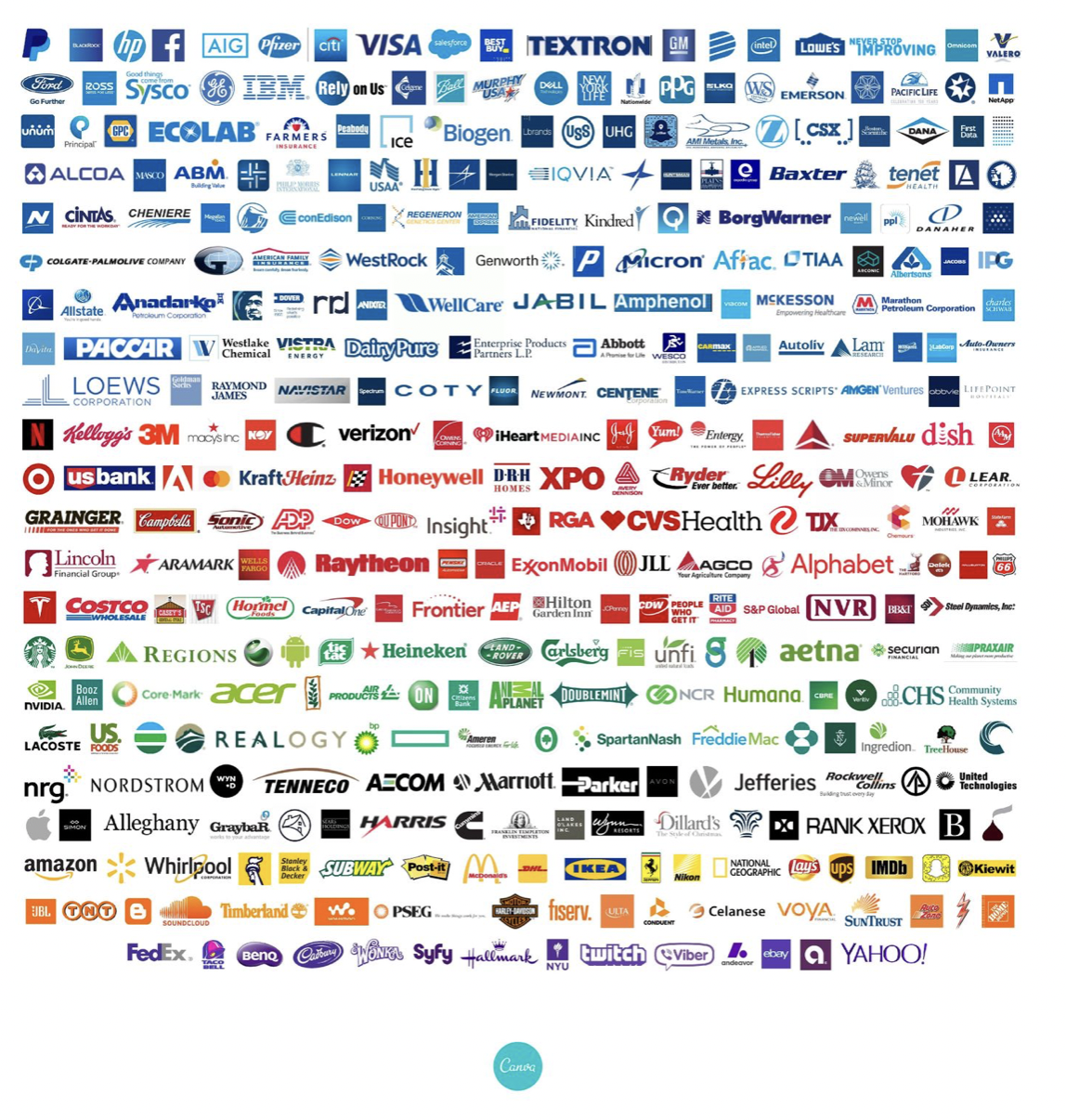
 Evokes a passionate and visceral response. It is a color that increases your heart rate, makes you breathe more rapidly, and activates the pituitary gland.
Evokes a passionate and visceral response. It is a color that increases your heart rate, makes you breathe more rapidly, and activates the pituitary gland.
 One of the most popular choices for a brand color, it is thought to put people at ease as it is reminiscent of the sky and ocean.
One of the most popular choices for a brand color, it is thought to put people at ease as it is reminiscent of the sky and ocean. There is a wide variation between its shades and is synonymous with calm, freshness, and health. Deeper greens are associated with affluence and lighter greens are associated with serenity.
There is a wide variation between its shades and is synonymous with calm, freshness, and health. Deeper greens are associated with affluence and lighter greens are associated with serenity. Because yellow is reminiscent of the sun, it communicates hope and optimism. Yellow stimulates creativity and energy, and its brightness is especially useful to catch a customer’s eye.
Because yellow is reminiscent of the sun, it communicates hope and optimism. Yellow stimulates creativity and energy, and its brightness is especially useful to catch a customer’s eye. Combines the brightness and cheer of yellow with the energy and boldness of red to make a color that is full of life and excitement.
Combines the brightness and cheer of yellow with the energy and boldness of red to make a color that is full of life and excitement. Speaks of earthly simplicity, as well as strength and durability. However, use caution as it also reminds people of dirt.
Speaks of earthly simplicity, as well as strength and durability. However, use caution as it also reminds people of dirt. Used by companies that wish to boast a classic sophistication. Black works especially well for expensive products.
Used by companies that wish to boast a classic sophistication. Black works especially well for expensive products. Represents purity and cleanliness and is a popular choice for healthcare and child-related businesses.
Represents purity and cleanliness and is a popular choice for healthcare and child-related businesses.
